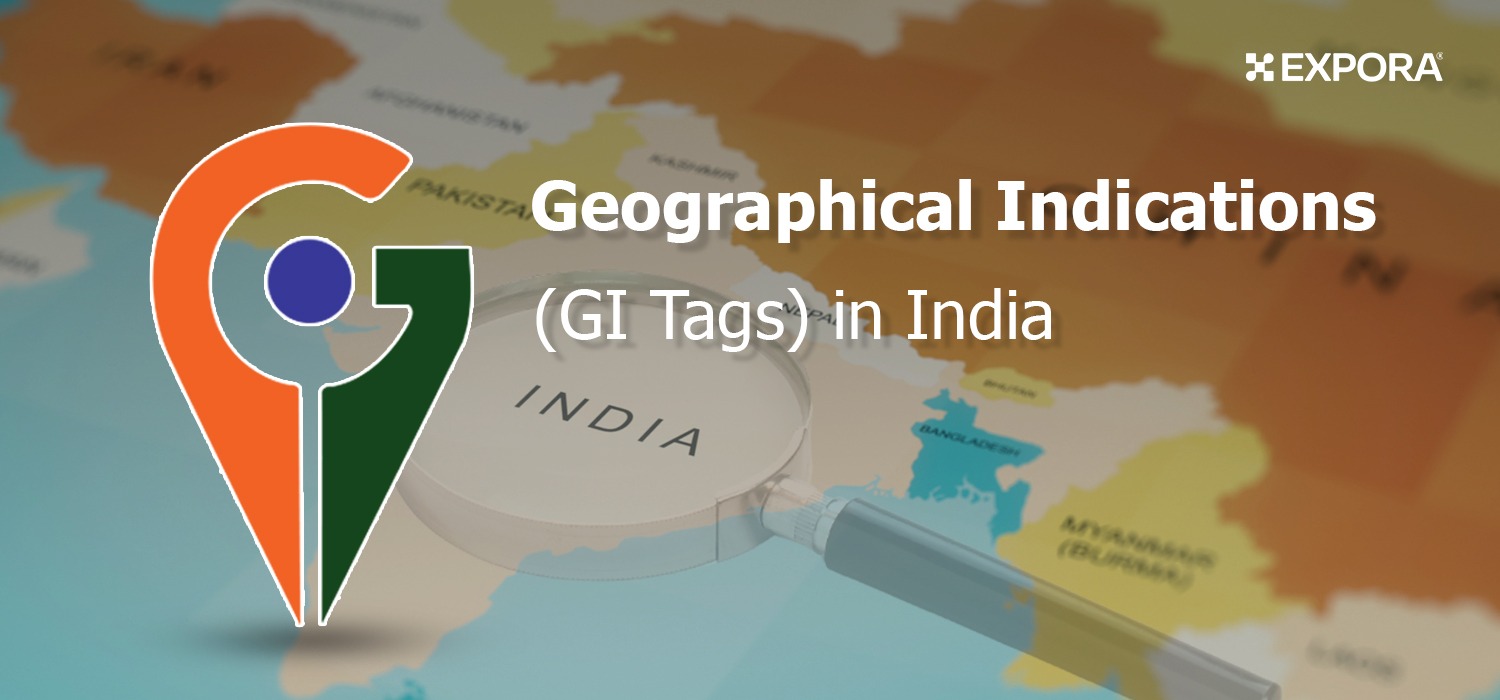Introduction In India, the majority of income comes from the agricultural sector. The nation ranks among the top producers of food items and agricultural goods worldwide. The growth rate of India’s agriculture sector predicted to be 3.5% in 2022–2023 and 3.0% in 2021–2022. In agriculture and related industries, the gross value added (GVA) increased by […]
Indian Rupee as international currency: Everything you need to know
27 Mar, 2024

For decades, the US dollar, euro, and yen have reigned supreme as the preferred currencies for settling cross-border transactions. However, amidst the shifting tides of economic power and geopolitical dynamics, developing countries like India have looked for alternate means of trade and payment settlements.
Last year, the Government of India granted permission for the settlement of international transactions using the Indian Rupee (INR), encompassing processes such as invoicing, payment, and settlement for both imports and exports conducted in INR.
In this blog we will talk about what is internationalization of rupee, benefits of India using rupee for international trade, trade settlement agreements in rupee, challenges it presents, and more…
What is Internationalization of Rupee?
The internationalization of the rupee refers to efforts made by the Indian government and financial authorities to increase the use and acceptance of the Indian rupee (INR) as a global currency for international trade, investment, and financial transactions.
It involves various measures and policies aimed at increasing the use of the rupee in global trade, investment, and financial markets. These are:
Liberalization of foreign exchange controls: This includes easing restrictions on the use of the rupee for international transactions, allowing greater flexibility in foreign exchange markets, and simplifying regulations governing cross-border transactions.
Expansion of offshore markets: Creating offshore markets for the rupee outside of India, such as in financial centers like Dubai, Singapore, and London, where the rupee can be traded freely.
Encouraging trade settlement in rupees: Promoting the use of the rupee in bilateral trade agreements and encouraging trading partners to settle trade transactions in rupees rather than in other currencies like the US dollar or euro.
Issuance of rupee-denominated bonds: Issuing rupee-denominated bonds, also known as “Masala bonds,” in international financial markets to raise funds from foreign investors and increase the global circulation of the rupee.
Bilateral currency swap agreements: Entering into bilateral currency swap agreements with other countries to facilitate trade and investment in rupees and provide liquidity support during times of financial stress.
Financial market reforms: Implementing reforms to deepen domestic financial markets, improve market infrastructure, and enhance regulatory frameworks to support the internationalization of the rupee.
Overall, the internationalization of the rupee aims to reduce India’s dependence on foreign currencies, enhance the country’s role in global finance, and promote the rupee as a viable currency for international transactions.
Benefits of India using rupee for international trade
These are several benefits of India using rupee for international trade. These are:
- Reduced Dependency:
- Less reliance on foreign currencies, particularly the US dollar.
- Boosts economic autonomy and resilience against external financial fluctuations.
- Enhanced Monetary Sovereignty:
- Empowers India with greater control over its currency’s value and circulation globally.
- Enables more effective implementation of monetary policies.
- Trade Facilitation:
- Eliminates the need for currency conversion in international transactions.
- Reduces transaction costs and simplifies cross-border trade processes.
- Promotion of Domestic Markets:
- Encourages foreign investors to engage with India’s domestic financial markets.
- Fosters deeper integration and liquidity in domestic financial instruments.
- Diversification of Reserves:
- Central banks and sovereign wealth funds may include rupee in their foreign exchange reserves.
- Diversifies global reserve holdings and increases demand for Indian assets.
- Strengthening Regional Influence:
- Bolsters India’s influence in regional financial systems, and positions it as a major economic player in Asia.
- Facilitates closer economic ties with neighboring countries.
- Promotion of Offshore Financial Centers:
- Spurs the development of offshore financial centers in India.
- Attracts foreign investment and fosters financial innovation.
International Trade in Rupee: Trade Settlement Agreements
Trade settlement agreements in rupee refer to arrangements where international trade transactions are conducted using the Indian rupee (INR) as the settlement currency. These agreements enable buyers and sellers involved in cross-border trade to settle their transactions in rupees rather than in a foreign currency such as the US dollar or euro.
India has taken some significant steps in the direction of internationalization of rupee. The first major decision came in July 2022, when RBI allowed the settlement of international trade in Indian Rupee.
Timeline:
1. July 2022: RBI allowed the settlement of international trade in Rupee.
2. December 2022: India saw its first settlement of international trade in rupee with Russia – as part of the ‘International Settlement of Trade in Indian Rupee’ mechanism initiated by the RBI.
3. March 2023: The RBI authorized banks from 18 countries to establish Special Rupee Vostro Accounts (SRVAs) for the purpose of settling payments using Indian rupees.
Countries: Botswana, Fiji, Germany, Guyana, Israel, Kenya, Malaysia, Mauritius, Myanmar, New Zealand, Oman, Russia, Seychelles, Singapore, Sri Lanka, Tanzania, Uganda, and the United Kingdom.
4. April 2023: Malaysia agreed to settle trade in Indian rupees.
How does trade settlement in rupee help the trading community and Indian economy at large?
This move has the potential to enhance India’s trade relations with nations facing global sanctions.
- Nations cut off from the SWIFT payment system can engage in trade with India through this mechanism, which enables secure message exchange based on mutual agreement between partner countries.
- Amidst India’s widening trade deficit, especially in May 2022, this initiative can help stabilize domestic currency fluctuations and boost Indian exports to countries experiencing a shortage of foreign exchange reserves.
- The central bank’s discussions also include observations on the Chinese yuan’s global expansion, driven by China’s attraction of global manufacturers and increased gold purchases using the yuan. The yuan and the Indian rupee are poised to play significant roles in the currency market dynamics, particularly in the context of export competitiveness between India and China.
Challenges of Using Indian Rupee for International Trade:
Here are some challenges associated with using the Indian Rupee for international trade:
Currency Convertibility: The Indian Rupee faces restrictions on full convertibility, which can hinder its seamless use in international transactions.
Exchange Rate Volatility: Fluctuations in the value of the Rupee against major currencies can create uncertainty for businesses engaging in international trade, affecting pricing and profitability.
Limited Acceptance: Compared to major international currencies like the US Dollar or Euro, the Indian Rupee may have limited acceptance in global markets, leading to complications in trade negotiations and settlements.
Liquidity Issues: In some regions, there may be limited availability of Rupees, resulting in liquidity challenges for completing transactions and financing trade deals.
Regulatory Hurdles: Compliance with diverse regulatory frameworks across different jurisdictions can pose complexities and increase transaction costs for businesses using the Rupee for international trade.
Infrastructure Constraints: Inadequate banking infrastructure and cross-border payment systems may impede the efficient processing of Rupee-denominated international transactions.
Risk Management: Businesses engaging in Rupee-denominated trade transactions may face challenges in managing currency risk effectively, particularly in hedging against adverse exchange rate movements.
Perception and Confidence: The perception of the Rupee’s stability and reliability in international markets may influence its acceptance for trade purposes, requiring efforts to build confidence among global trading partners.
Conclusion
Many countries–both big and small– have shown willingness to use Indian rupee for trade, India’s commerce minister, Piyush Goyal said. Some of these countries include Bangladesh, Srilanka and gulf countries as well.
India’s commitment to promote the use of Indian rupee as international currency marks a significant stride towards the internationalization of Indian Rupee. By addressing the challenges it presents, India can make the most of using the Rupee for global trade. This will strengthen its economy, build closer trade connections worldwide, and contribute to sustainable growth and development at home and abroad.



